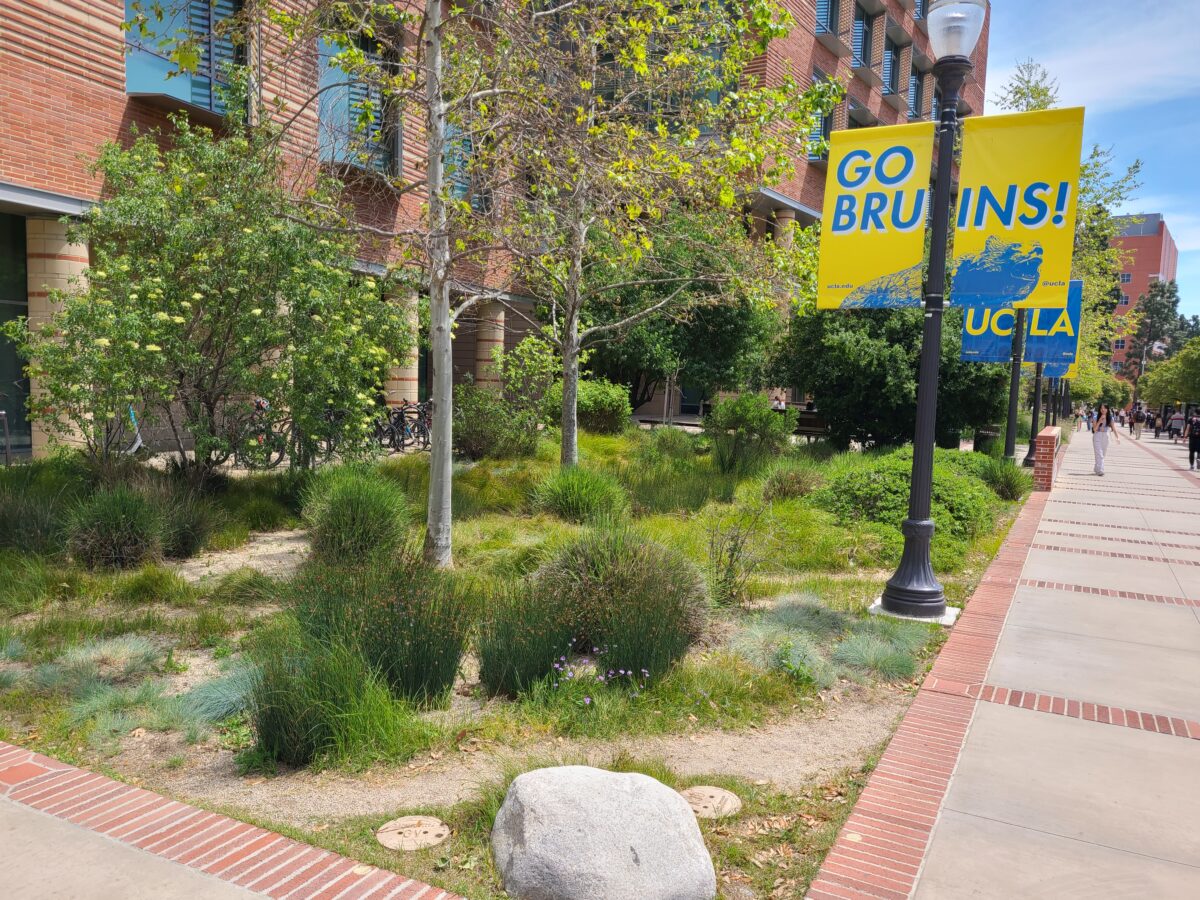The Common Experience program – designed to create community and inspire activism at UCLA, and run by the First Year Experience office – has selected The Intersectional Environmentalist by SoCal native, activist, and eco-communicator Leah Thomas for the Bruin community to read.
Each year, a committee of students, staff, faculty, and alumni select a title for Bruins to take in, with a mission to ignite campus-wide discussions and inspire action on compelling social issues.
This academic year’s selection, The Intersectional Environmentalist: How to Dismantle Systems of Oppression to Protect People + Planet by Leah Thomas, examines the inextricable link between environmentalism, racism, and privilege to promote awareness of the fundamental truth that we cannot save the planet without uplifting the voices of its people — especially those most often unheard.
The Intersectional Environmentalist highlights how forces systematically influence both human-caused climate change and the marginalized populations that it affects most, speaking on how we are all stakeholders in the challenge of healing and sustaining our shared Earth. The book is simultaneously a call to action, a guide to instigating change for all, and a pledge to work towards the empowerment of all people and the betterment of the planet.
Author Leah Thomas uses her passion for writing and creativity to explore and advocate for the critical yet often overlooked relationship between social justice and environmentalism.
In 2020, she launched a resource hub and platform, Intersectional Environmentalist, with the aim to advocate for environmental justice, provide educational resources surrounding intersectional environmentalism, and promote inclusivity and accessibility within environmental education and movements. The book was published in 2022.
Visit Common Experience at UCLA to acquire an edition or access the audio or ebook. Explore the Common Experience page further to learn more about this year’s selection and to take a deeper dive to spark your curiosity and to get involved.










